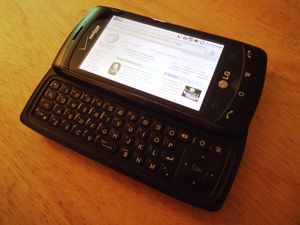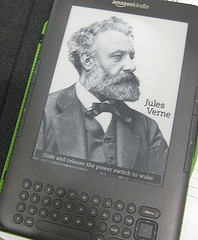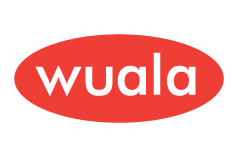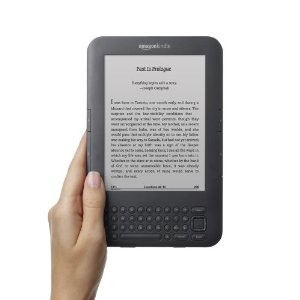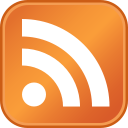Recently, we started making plans to travel out of the country for the first time since most of us here at the Weneca Media Group got a smartphone.
Since that time, the advice given about smartphones(once you get one, it is hard to go back), has rung true. The idea of being without one and its instant data access wherever we go seems a strange one.
However, most of us have selected a CDMA carrier. Mostly Verizon, but Jere over at Android Buffet has a Sprint phone. The majority of the world uses GSM as its standard, rendering these phones useless. However, Verizon offers a limited series of global phones, including the Droid 2 Global and the Droid 3, both available in the Gadget Wisdom collection.
So, our conversation started with Verizon. Despite the fact Vodafone owns nearly half of Verizon, they do not offer a good deal on data. Signing up for a 50MB plan is $30.
Looking around at prepaidgsm.net, which summarizes rates around the world for prepaid gsm, there are better deals to be had. The downside is that you can’t keep your U.S. number, but we’ll get to that in a moment.
As a Verizon customer, we would need to unlock our Global phones. Verizon Global Tech Support advised they would unlock one phone every ten months for a customer in good standing. The phone would have had to have been on the account at some point. So, time to decide which phone is going overseas. Perhaps the one not being used in daily life…
If we wanted to chuck all data concerns out the window, Telestial offers inexpensive prepaid world SIM and prepaid phones, and can be purchased through Amazon. They offer both a U.S. and a U.K. phone number, with cards starting at $5. We may get one of these as a backup.
Our plan is to go for something decoupled from the phone for the U.S. issue, Skype. Skype offers a service called Skype-To-Go numbers. They will assign a number that will forward to an overseas number at your expense, which is significantly less than the cost of having same done by a phone company. You can even forward your normal or Google Voice number to this number, making it seamless for friends and business associates. It would also, if we set it up after arriving and purchasing a prepaid SIM card, allow us to use the cheap local plans, instead of other options.
What do you think? We haven’t done any of this yet, but what do you suggest?


